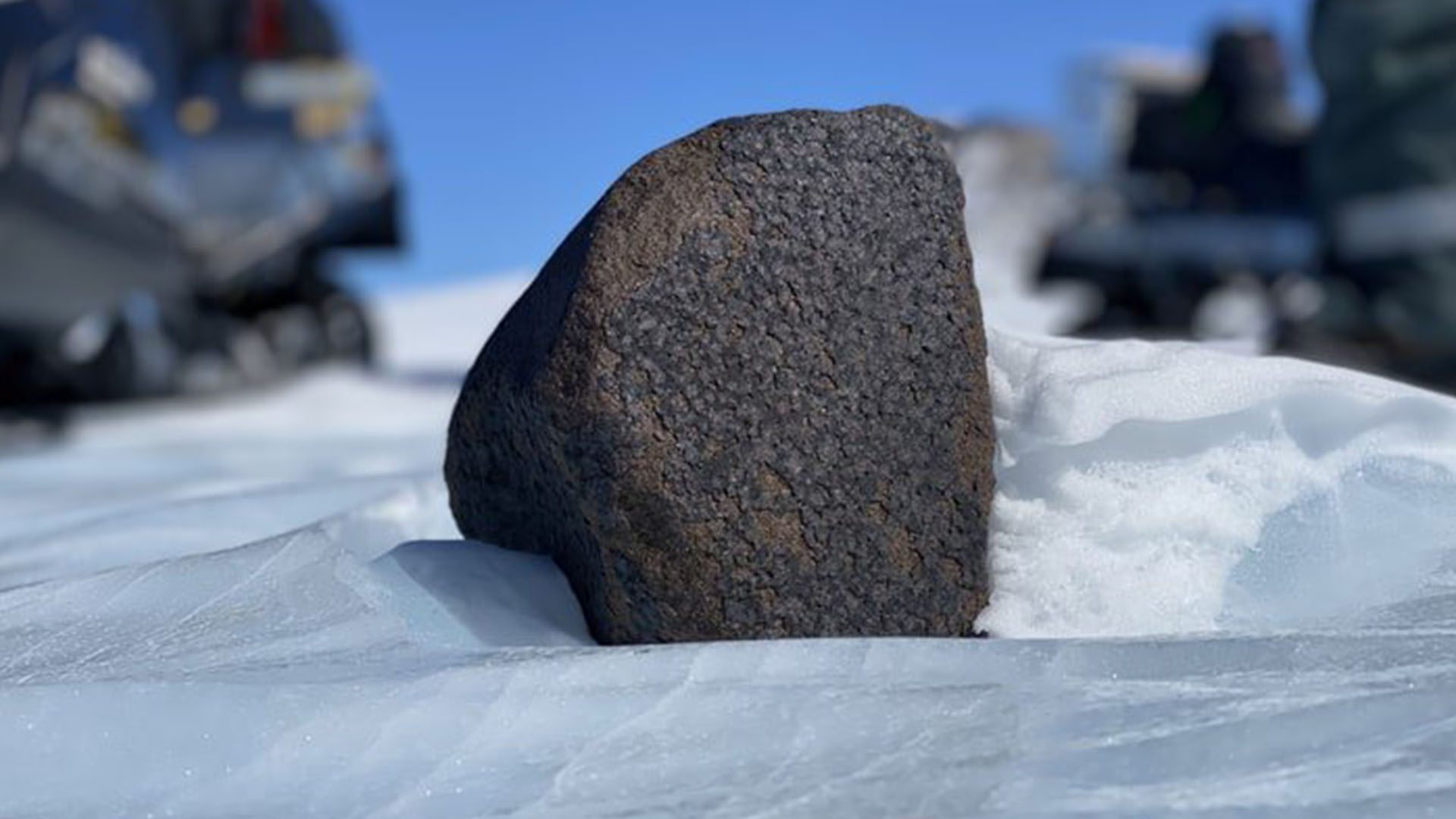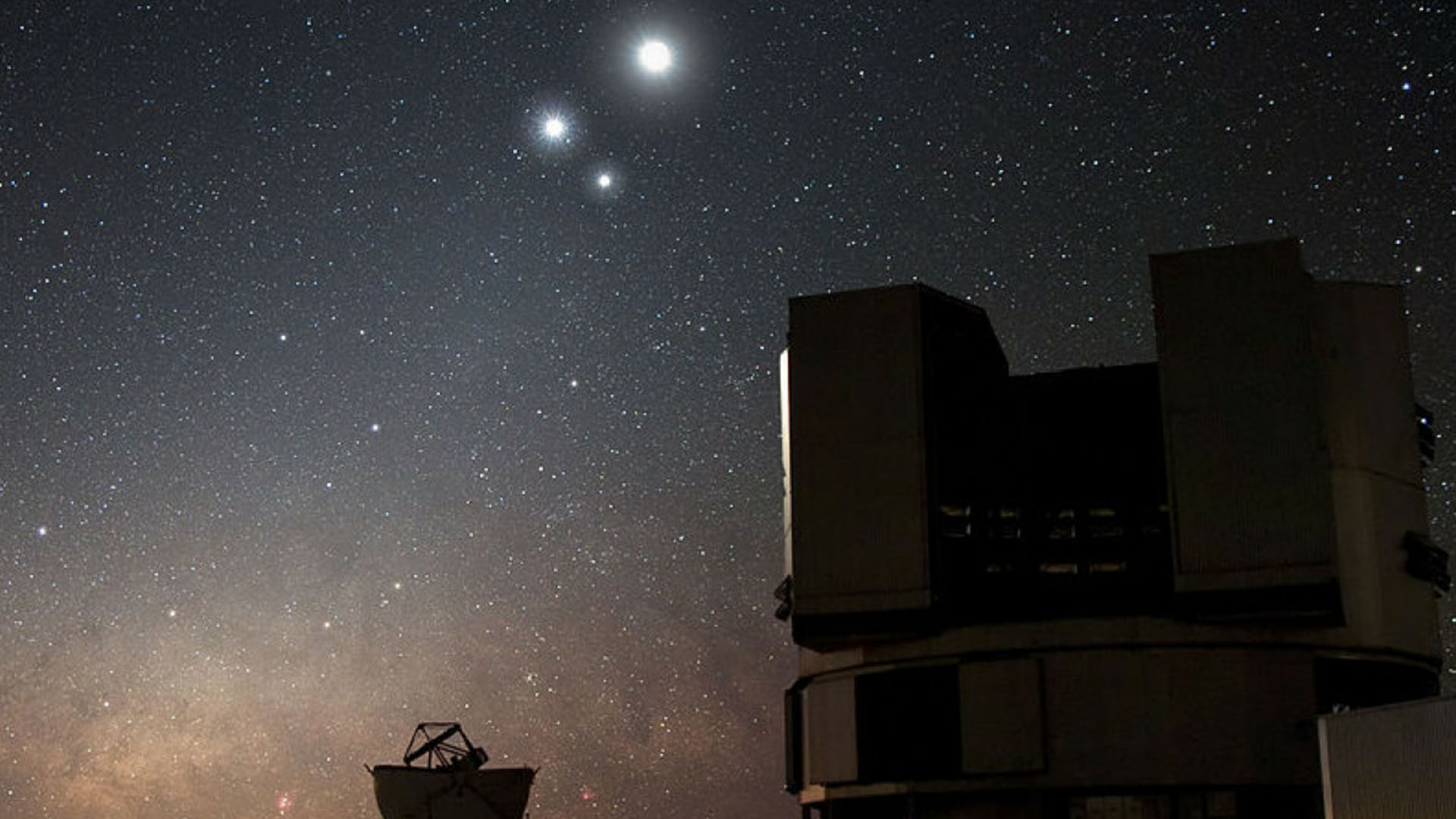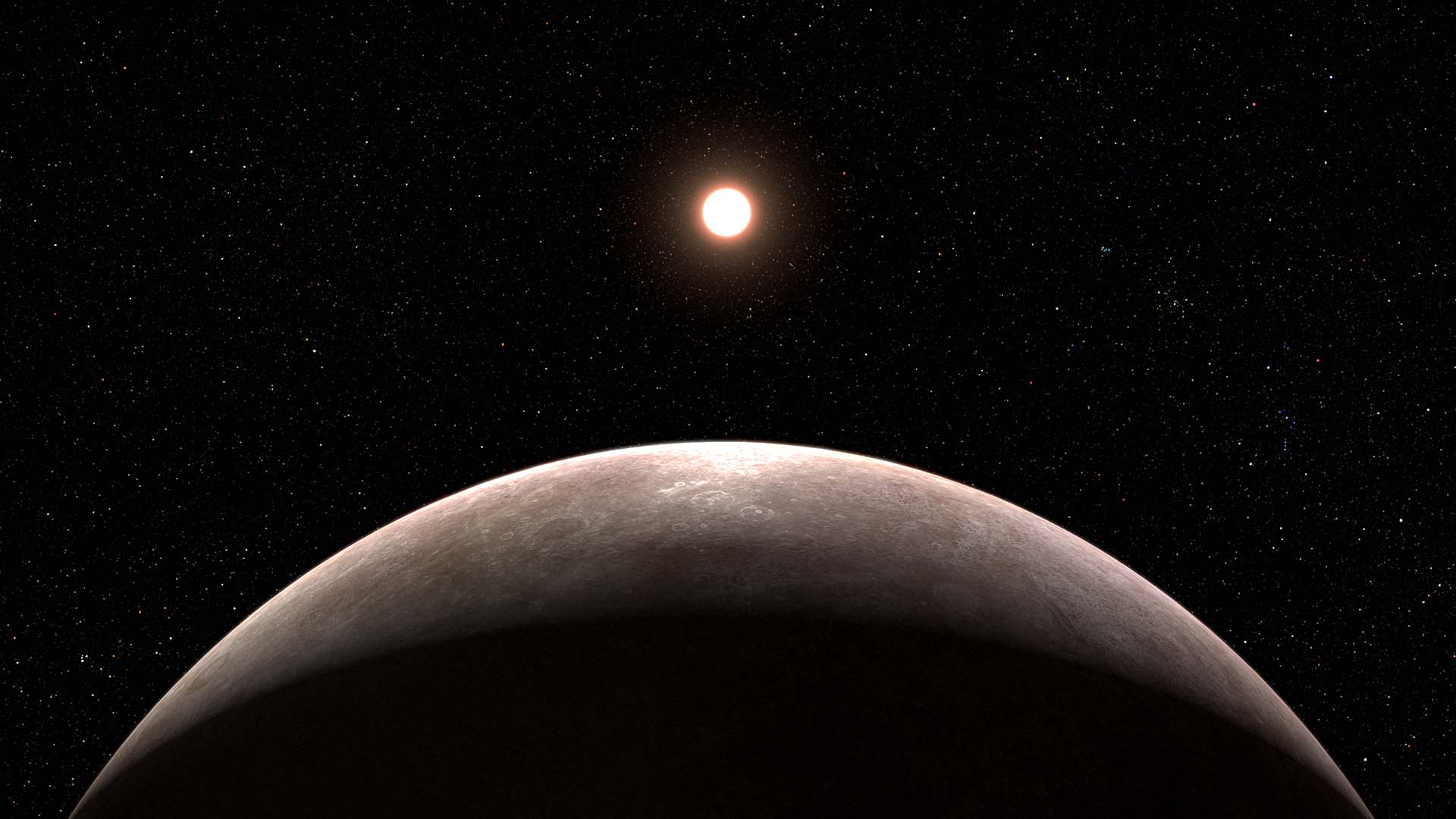NASA has identified a mysterious object that crashed into Texas in mid-February as a meteorite.
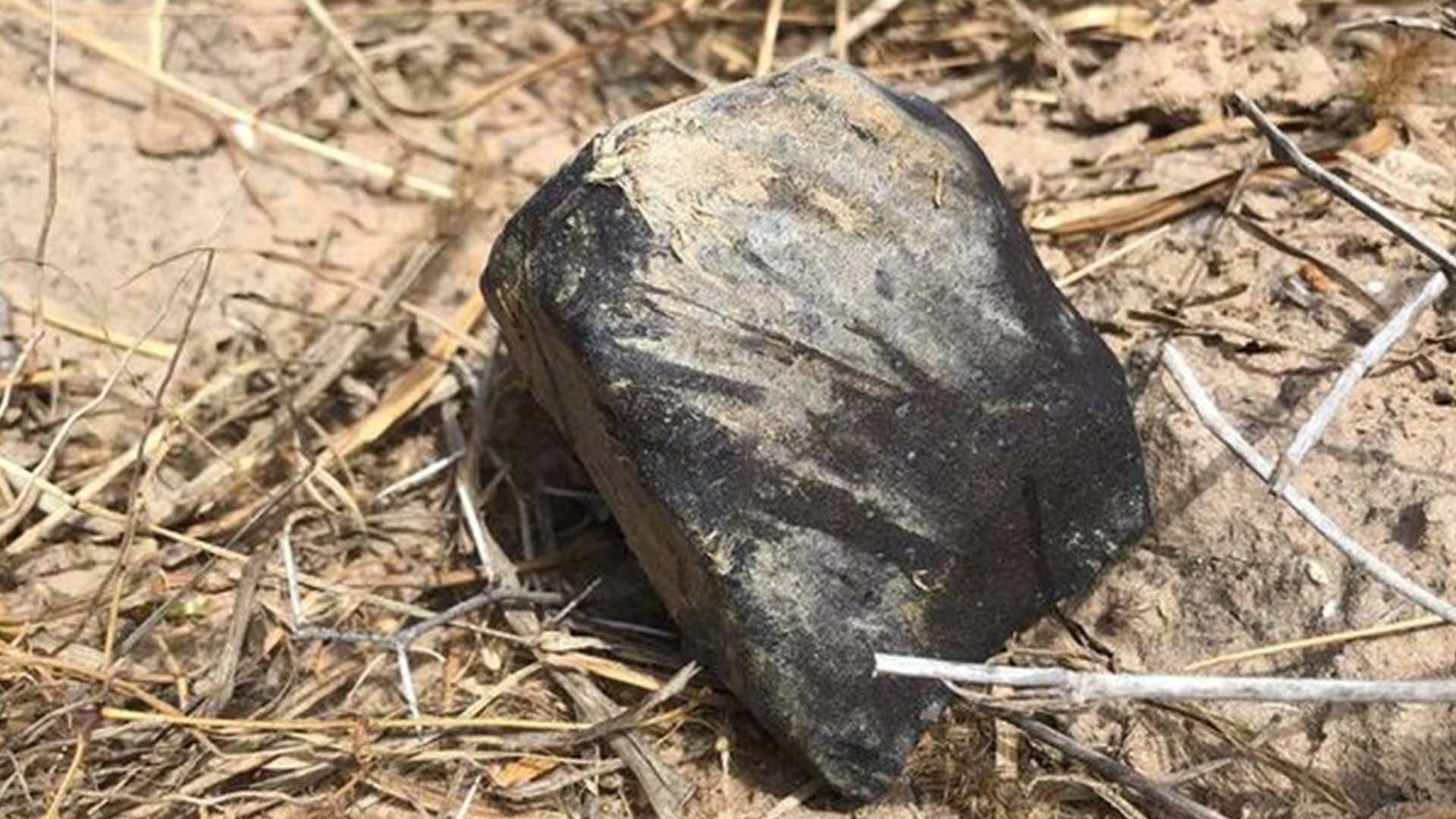
Texas Meteorite
On February 15, several law enforcement agencies near McAllen, Texas received calls from residents who reported hearing an explosion. Houston Air Traffic Control also received two reports from aircraft about a meteorite west of the city. Numerous photos of meteor streaks through the sky were shared on social media, alongside home security videos that show the Earth shaking and a loud boom.
After analyzing signatures in weather radar imagery and the angle and speed at which it entered the atmosphere, NASA determined that the object was likely a meteorite. The meteor’s speed was about 27,000 miles per hour and broke into fragments at an altitude of 21 miles.
Based on preliminary information, NASA believes that the meteoroid is about two feet in diameter and weighs about 1,000 pounds. It also had the energy of eight tons of TNT. Luckily, NASA is not aware of reports of injury or damage. NASA’s Astromaterials Research & Exploration Science Office at Johnson Space Center in Houston is working with the agency’s Meteoroid Environment Office at Marshall Space Flight Center in Huntsville, Alabama to further analyze this meteorite.
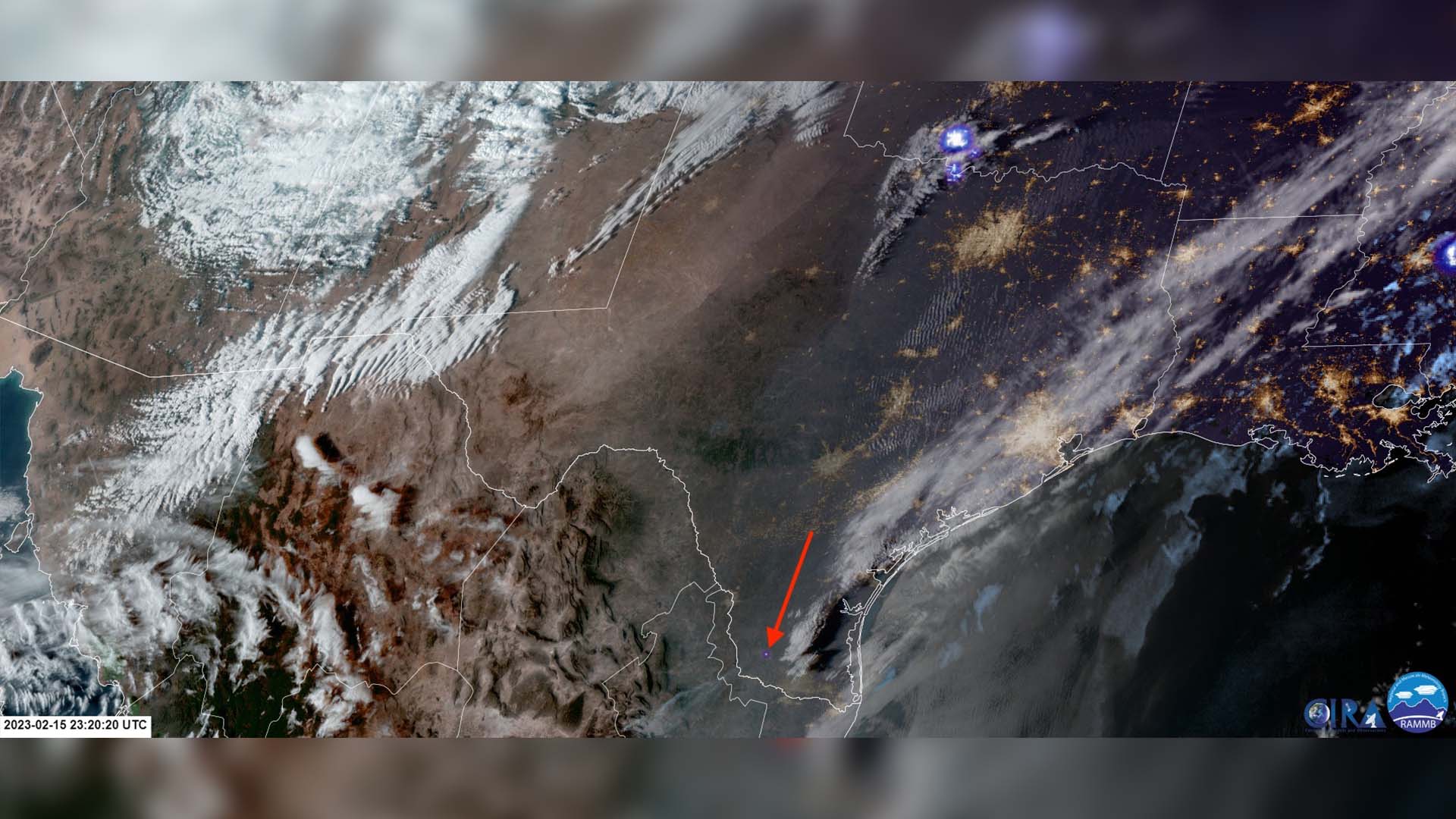
According to the American Meteor Society, the meteorite in Texas was the third meteorite to be recovered in three days. One was found on February 13 in France and another was recovered on February 14 in Italy. Further study of the material composition of the meteorites and their orbital information could discover a link between the events.
Further Meteorite Information
Even though NASA confirmed the Texas meteorite, the agency does not maintain collections of meteorites. Instead, they head to the Smithsonian Institution and other scientific and academic institutions around the country. Samples are collected and studied to “enhance our understanding of the origin and evolution of our solar system and our local natural space debris environment.”
Meteorites tend to hit Earth’s atmosphere at high speeds, but slow down as they travel through the atmosphere. Meteorites break into small fragments before hitting the ground and cool rapidly, so they are generally not a risk to the public. According to NASA Meteor Watch, on average, small asteroids enter the atmosphere above the continental United States once or twice a year, often delivering meteorites to the ground.



